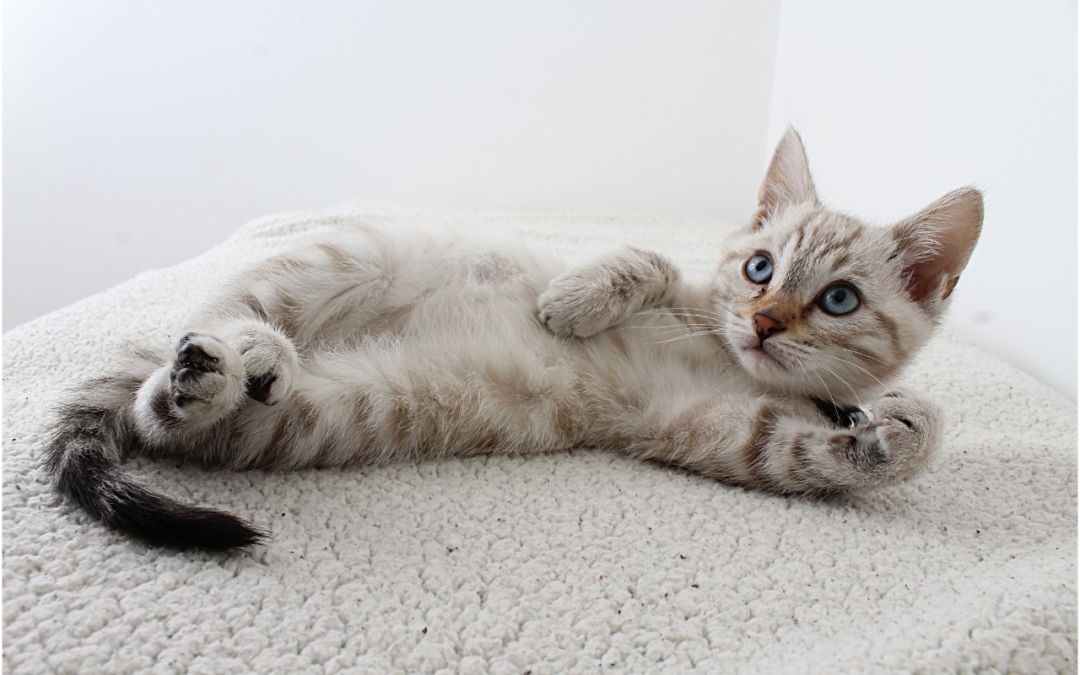Cats are highly sensitive creatures, which means they don’t react well to change. Whether the disruption is minor, such as moving clocks ahead an hour and changing a routine or major, such as moving to a new home, these things can lead to an anxious cat. Learn to identify stress in your cat so you can help them relax and adjust to changes.
#1: Your cat is urinating and defecating outside the litter box
Inappropriate elimination is a common side effect of stress in cats. Anxious cats are more likely to suffer from idiopathic cystitis, a condition that results in bladder inflammation and appears to have triggers rooted in stress. Once a cat associates painful urination with the litter box, they often begin to defecate outside it as well. If your cat has suddenly started avoiding the litter box, they may be experiencing stress or may have an underlying medical condition.
#2: Your cat is overgrooming and pulling out hair
During grooming, endorphins are released, making grooming a pleasant activity for your feline friend. When your cat is stressed, it makes sense they would try to relax by grooming. However, this behavior could become compulsive, and your cat may continue it long after the stress has been resolved. Overgrooming and pulling out fur also can be signs of pain, so schedule an appointment with your veterinarian if you notice your pet grooming more than usual.
#3: Your cat is more reclusive than usual
Stressed cats tend to hide and may shun interaction with you or other pets in the household. You may find your cat lurking in their favorite hiding spot more often, or they may set up shop in a dark closet. In addition, they may become aggressive if you try to force them to come out and play.
Stress Awareness Month is a great time to shed light on a cat’s sensitive nature and how they react to stress. Keep a close eye on your cat to see if they become stressed by changes in your household, and contact our team if you notice any worrying signs.

